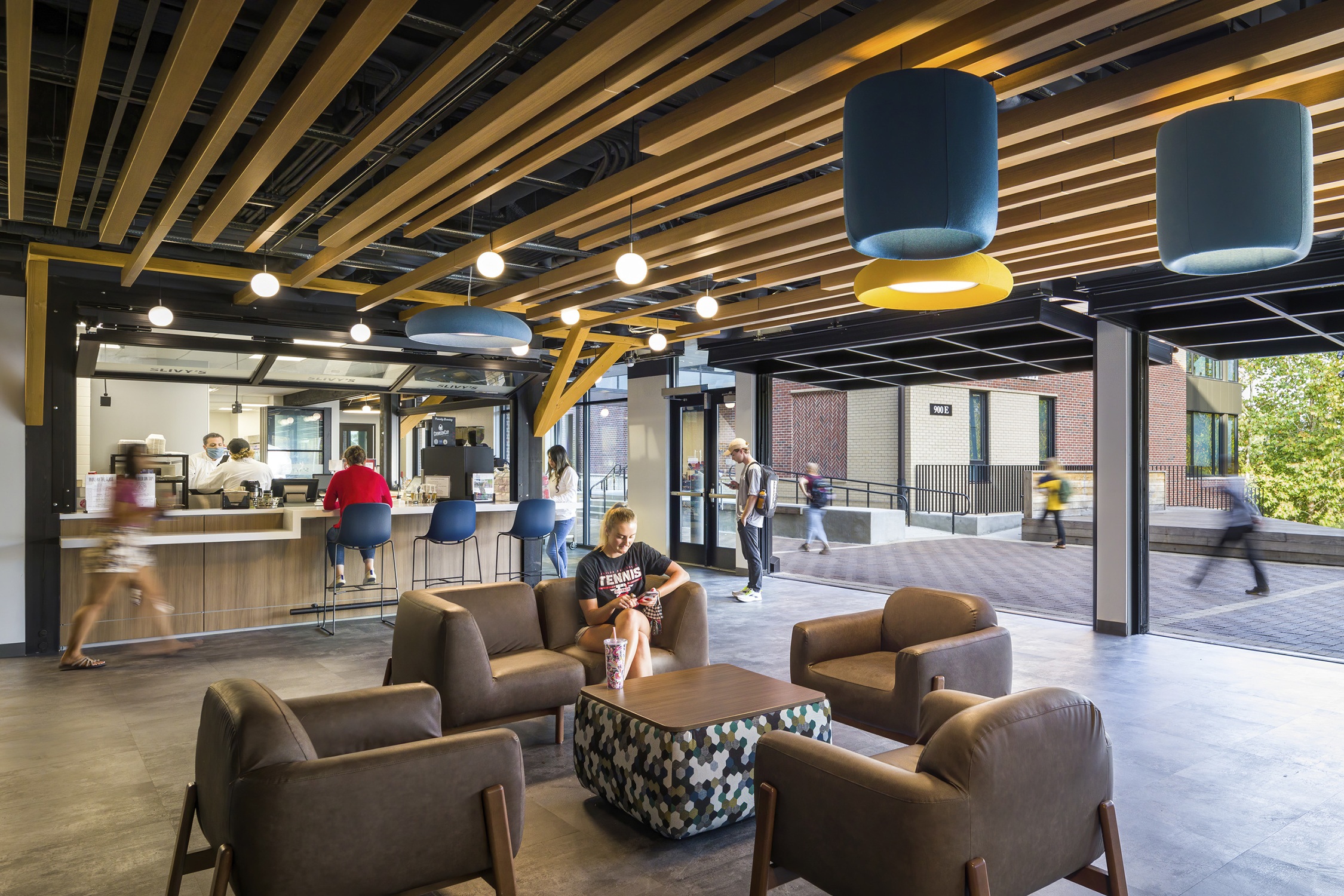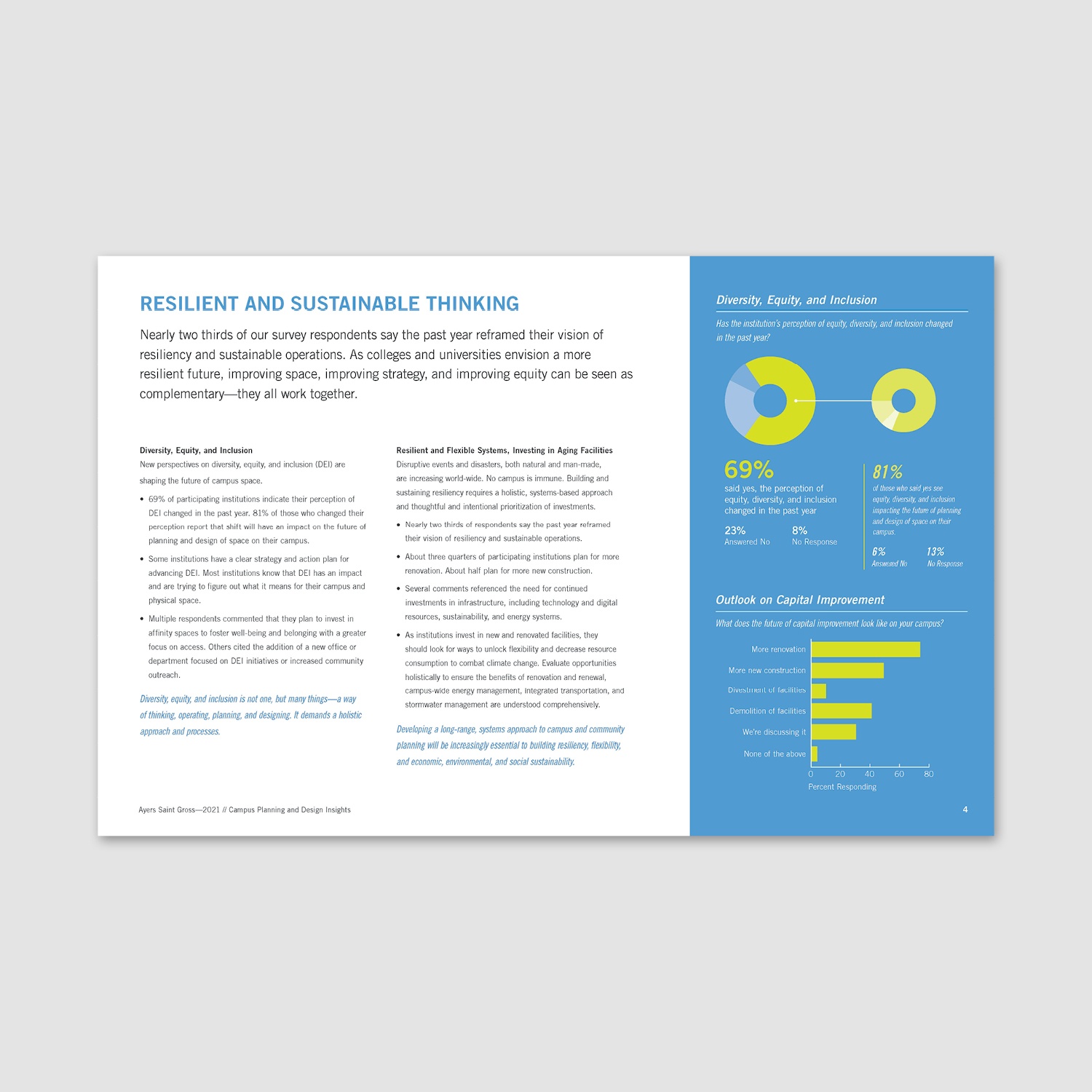How can the design of higher education environments be more responsive to the needs of neurodivergent students? That’s the question at the heart of “Responsive Design,” an article recently co-authored by Principal Shannon Dowling and James Baumann, editor of Talking Stick Magazine.
In their article, Shannon and James share design advice and strategies gleaned from multiple experts about how to create learning environments that will help all students thrive, providing special consideration for those who are neurodivergent. They write:





